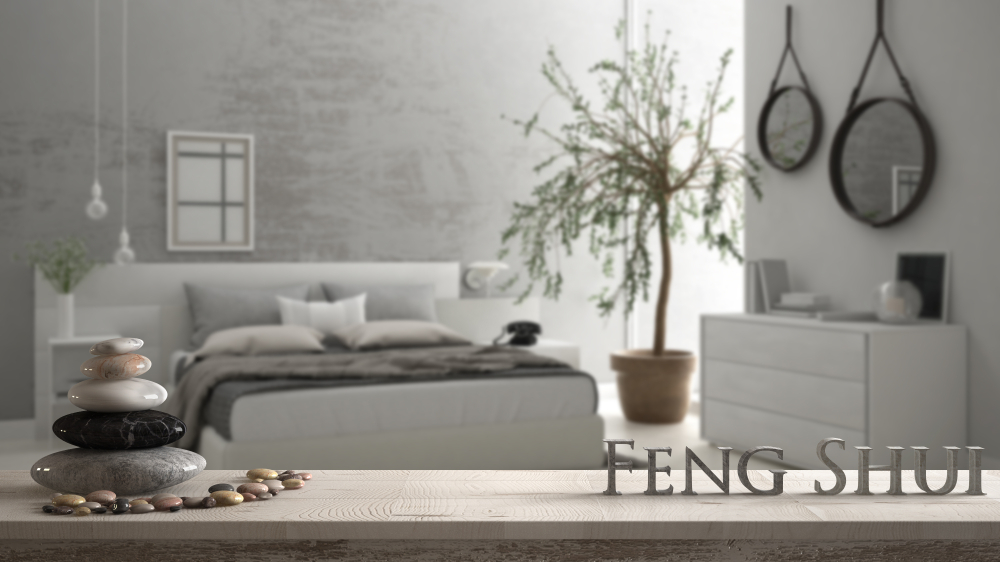Feng Shui in 21st Century Homes

Feng shui is proof that cultural beliefs and practices can survive the test of time. Thousands of years ago, ancient practitioners used star charts, astrolabes, and magnetic compasses. And with feng shui, arranging one’s spaces to achieve harmony is the most important goal. Extensive writings and expertise offer a lot of guidance for using feng shui in 2021. How have its older concepts adapted for modern needs? Some basic feng shui principles can help.
The Bagua: Feng Shui’s Map
Feng shui’s foundations lie heavily in Tao philosophy. “Tao” translates as “the way” or “the path.” One of its fundamental precepts is living in balance with the natural world. There’s an energy force, qi, that flows through all existence. The cycle of elemental states, or Wu Xing, can result in creation or destruction.
Modern feng shui makes use of a bagua – a map divided into nine segments. This map contains the four cardinal directions – north, south, east, and west – plus the four intermediate directions. Writing for The Spruce, feng shui expert Anjie Cho describes the bagua’s layout:
- Kan: career
- Gen: knowledge
- Zhen: family
- Xun: wealth
- Li: fame
- Kun: partnerships
- Dui: children
- Qian: helpful people
- Tai qi: health
When looking at a bagua, you’ll see each region assigned an element and a color. Colors and elements are linked together in feng shui, so a color can represent a specific element.
Finding North in Feng Shui
With most types of maps, finding north is critical. The bagua is no different. AstroStyle explains that there are several modern feng shui schools. Each one approaches this energy map a little differently. Western schools or Black Sect Tantric Buddhist practitioners always set the front door as north. Even if your front door is west, it becomes north for feng shui purposes.
Then there are the traditional or compass-based schools: They use compass points to place the bagua. If your front door is on the east wall, for instance, traditional practitioners will set it in the map’s eastern region. The career area of a bagua is in its north, but your bathroom could end up at this point with traditional methods.
Mapping Your Home
Once you’ve placed the energy map over your home’s layout, the real work begins. No matter how you line it up, each area on the map shows the best colors and elements for the energies present there. Again, the goal is harmony. But you’ll include more of the dominant element and its colors in designing each area.
Let’s see how this may play out. For this example, we’ll assume that the front door is indeed north. That area corresponds to Kan, connected to the color black and the water element. We want to play these up here. Mirrors represent water in feng shui because they’re reflective. Placing a mirror here may be helpful, but don’t put it facing the front door. Feng shui consultant Rodika Tchi points out that your home’s entryway is the mouth of qi. This is where essential life energy comes in. Feng shui helps that energy enter and flow, so the mirror should not be in its way. Placing black objects here is also a great idea.
Minding the Clutter
If you needed another excuse to declutter your home, now you have it. Feng shui experts add that clutter can slow down the flow of qi. Clever’s Zoë Sessums explains that clutter occupies space, which this energy needs to circulate. Decluttering the entryway area is critical, but you should also pay extra attention to bedrooms and living spaces. Besides allowing energy to flow, it can also clear your mind and remove safety hazards.
Feng shui is an old practice, but it’s incredibly flexible for modern uses. Using the bagua and decluttering your home can allow energy to readily flow – and in feng shui, that leads to better balance and harmony.

